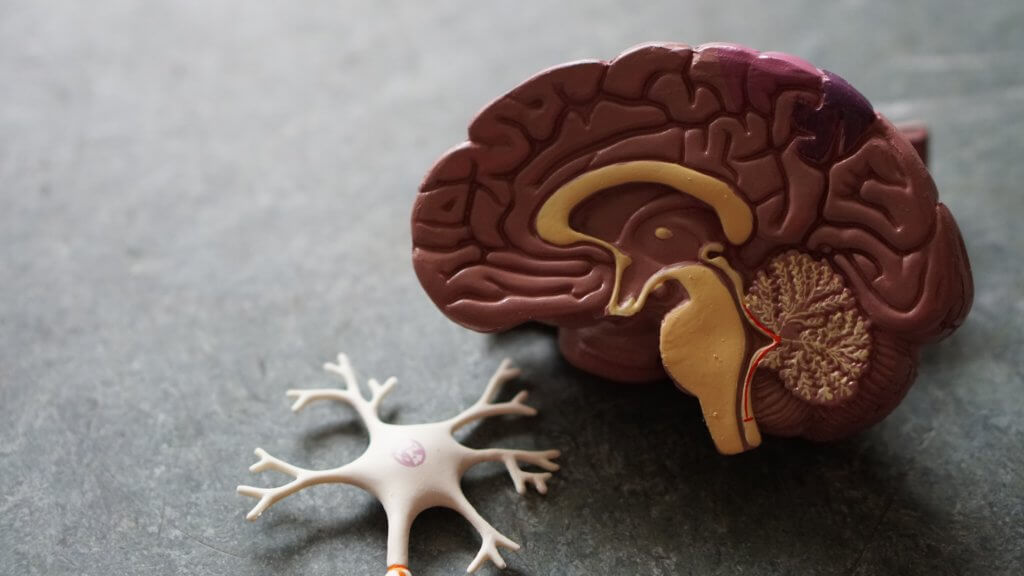Researchers out of Boston’s Massachusetts General Hospital (MSG) have recently applied a novel device to treat brain aneurysms in patients. A brain aneurysm is caused by a bulging of a wall of a blood vessel inside the brain.
While an unruptured aneurysm shows no symptoms, a ruptured aneurysm causes life-threatening bleeding. Ruptured brain aneurysms are fatal in about 50% of cases. Of those who survive, about 66% suffer some permanent neurological deficit, making the implementation of this device potentially groundbreaking.
This revolutionary device is called the Woven EndoBridge (WEB). The WEB is an ellipsoid-shaped, woven device that can be placed into the blood vessel to prevent blood from travelling further, thus preventing the aneurysm from rupturing. The device can also be used to stabilize previously ruptured aneurysms.
“The WEB has recently become available in the United States, and elsewhere across the globe the device has been available for a longer time—but no large-scale study of its efficacy had yet been performed,” says lead author Dr. Adam A. Dmytriw, an interventional neuroradiology and endovascular neurosurgery fellow at MGH, in a statement.
The team found that among 671 patients with 683 brain aneurysms (26.2% previously ruptured) who were treated with the device and followed for a median of 11 months, adequate occlusion occurred in 85.7% of aneurysms, and complete occlusion in 57.8%. Retreatment was required in 7.8% of aneurysms. Blood clot–related complications developed in 7.5% of procedures, of which only 4.0% were symptomatic and 2.0% were permanent. Bleeding complications occurred in 3.0% of procedures. No patients experienced aneurysm rerupture after treatment.
The best method to repair an aneurysm depends upon several factors, including the location and shape of the aneurysm as well as the physical condition of the patient. Traditionally, brain aneurysm patients have been treated using stent-assisted coil embolization. A stent is a metal, chicken wire-like tube that conforms to the shape of the artery. The guide wire is passed through the stent to deliver coils into the aneurysm. The stent remains in the artery permanently holding the coils in place.
“Patients who are not suitable for open aneurysm surgery or who have recently had a life-threatening rupture and would be at high risk for additional bleeding if treated with conventional endovascular techniques due to the need for blood thinners, now have a viable treatment option,” says Dmytriw. “We hope that our results will help guide interventionalists in the appropriate use of the WEB so that patients with challenging brain aneurysms will have a safe option for care.”
Additional medical institutions continue to join the research, which plans to conduct additional studies to assess the use of the WEB for diverse types of aneurysms and to examine potential challenges to its use.
This research is originally published in the journal Stroke.
Article written by Rhonda Errabelli












